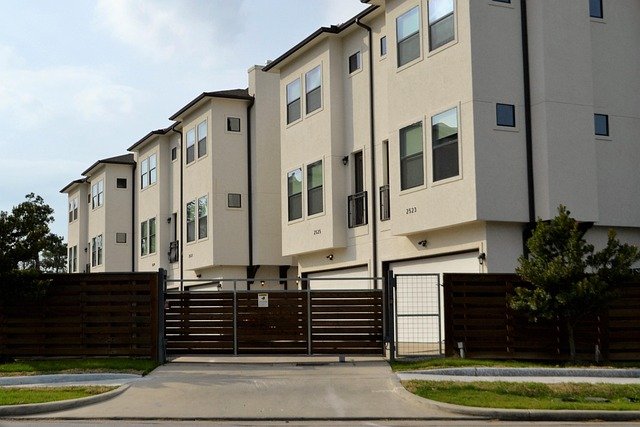Micro-Unit Developments: Reshaping Urban Living Landscapes
In the ever-evolving world of real estate, a new trend is taking root in bustling urban centers: micro-unit developments. These compact living spaces, typically ranging from 200 to 400 square feet, are challenging traditional notions of city living. With 54% of the world's population now residing in urban areas, according to the United Nations, the demand for innovative housing solutions has never been more pressing. Micro-units are emerging as a potential answer to urban housing shortages and affordability crises.

Design Innovations in Micro-Spaces
Architects and designers are at the forefront of the micro-unit revolution, employing ingenious solutions to maximize livability in minimal square footage. Multifunctional furniture, such as beds that convert into desks or dining tables, and Murphy beds that fold into walls, are standard features. Vertical space utilization is key, with loft-style sleeping areas and floor-to-ceiling storage becoming increasingly common. Some developments incorporate smart home technology to enhance convenience and efficiency, allowing residents to control lighting, temperature, and security systems via smartphone apps.
Economic Implications for Renters and Investors
From a financial perspective, micro-units offer a mixed bag of opportunities and challenges. For renters, these units typically come with a lower overall monthly rent compared to traditional apartments in prime urban locations. However, the cost per square foot is often higher. A study by the Urban Land Institute found that micro-units in some markets command a rent premium of 5-10% per square foot over conventional units.
For investors and developers, micro-unit projects can yield higher returns per square foot of buildable area. The increased density allows for more units in a given space, potentially leading to higher overall rental income. However, construction costs can be higher due to the need for specialized fixtures and finishes, and there may be additional expenses related to common areas and amenities designed to compensate for the limited private space.
Regulatory Hurdles and Urban Planning Considerations
The rise of micro-unit developments has not been without controversy. Many cities have had to grapple with outdated zoning laws and building codes that were not designed with such small living spaces in mind. Minimum unit size requirements, parking regulations, and density restrictions have posed challenges for developers seeking to build micro-unit projects.
Some cities, recognizing the potential of micro-units to address housing shortages, have begun to adapt their regulations. For instance, New York City launched a pilot program in 2013 to test micro-units, temporarily waiving certain zoning restrictions. Other cities, like Seattle and San Francisco, have also revised their codes to accommodate these developments. However, concerns about overcrowding, quality of life, and potential impacts on neighborhood character continue to spark debates among urban planners, policymakers, and community groups.
The Social Dimension: Community and Livability
One of the most intriguing aspects of micro-unit developments is their potential to foster community and social interaction. Many projects compensate for limited private space by offering extensive communal amenities. These can include shared kitchens, lounges, workspaces, gyms, and rooftop gardens. Some developments go further, organizing community events and activities to encourage interaction among residents.
This emphasis on shared spaces and community building aligns with changing attitudes towards ownership and sharing, particularly among younger generations. However, it also raises questions about privacy, noise levels, and the long-term viability of such close-quarters living arrangements.
Market Outlook and Future Trends
The micro-unit trend shows no signs of slowing down, with new projects continually emerging in cities worldwide. According to a report by Grand View Research, the global micro-apartment market size is expected to reach $626.8 billion by 2025, growing at a CAGR of 7.0% from 2019 to 2025.
Looking ahead, several factors are likely to shape the evolution of micro-unit developments:
-
Sustainability: As environmental concerns become more pressing, micro-units’ inherent efficiency in terms of energy use and resource consumption may become an increasingly attractive selling point.
-
Flexibility: Some developers are exploring modular designs that allow units to be combined or reconfigured as residents’ needs change over time.
-
Technology integration: Advanced home automation and space-saving technologies are expected to play a growing role in enhancing the livability of micro-units.
-
Target demographic expansion: While currently popular mainly among young singles and couples, micro-units may begin to attract a broader range of residents, including empty nesters and those seeking pied-à-terre accommodations.
As urban populations continue to grow and housing affordability remains a critical issue, micro-unit developments are poised to play an increasingly significant role in shaping the future of urban living. For real estate professionals, investors, and urban planners, understanding the nuances of this trend will be crucial in navigating the evolving landscape of city housing markets.





